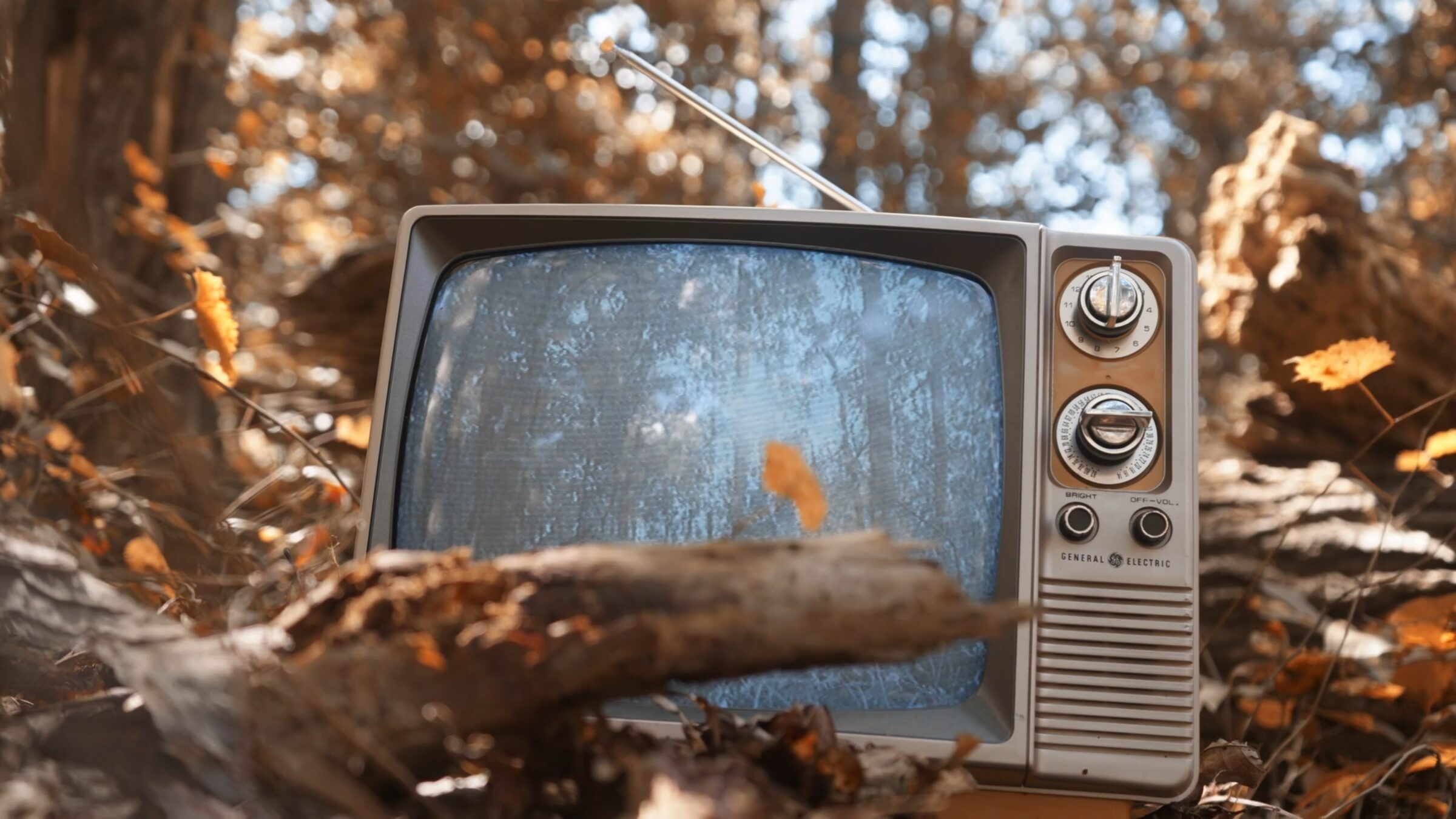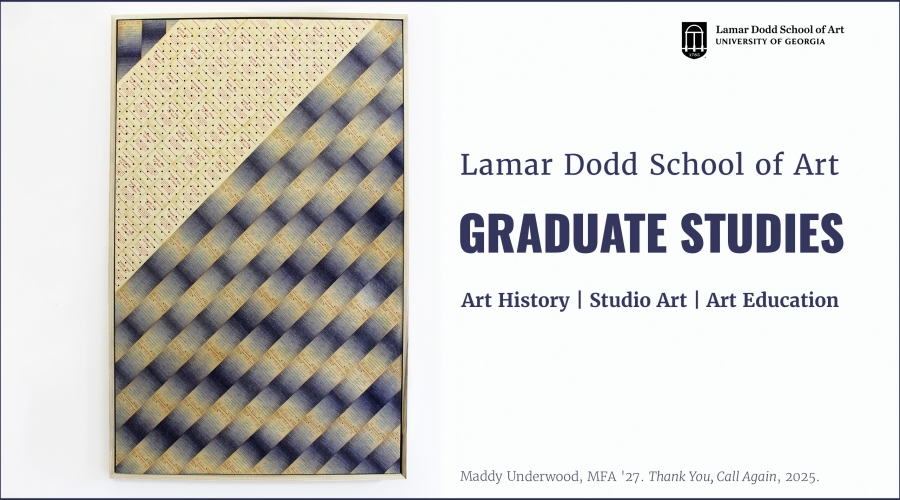Black Artists Alliance Featured in The Red & Black
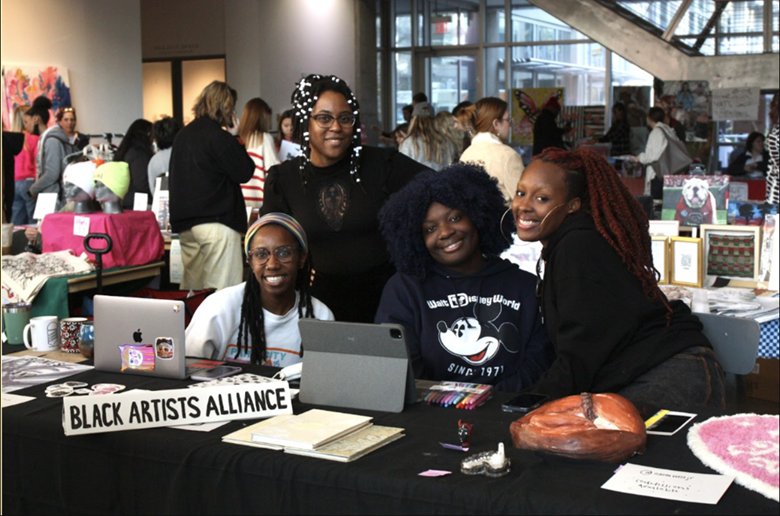
University of Georgia Black Artists Alliance members (L-R) Zahria Cook, Jasmine Best, AJ Aremu and Jordan Campbell pose for a photo behind their joint table at the Dodd Market on November 18, 2022. (Photo/Isabelle Manders)
Last Updated
September 21, 2025
Published
December 1, 2022
Categories
Graduate Student News
Student News
Academic Area
Studio Art Core
At the main entrance of the Lamar Dodd School of Art building on east campus, the Black Artists Alliance greeted visitors and shoppers at the 2nd annual Dodd Market on November 18th. Undergraduate and graduate student representatives displayed prints, hand-sewn books, miniatures, and woven work for sale in a market with over 90 student vendors.
Formed in 2020, the Black Artists Alliance has served as a critical space for University of Georgia Black student artists within and outside the Lamar Dodd School of Art to find a supportive, safe, and familiar community. The Red & Black article “Alliance builds support system for UGA’s Black art students” by reporter Isabelle Manders shines a light on the experiences of members Jordan Campbell, Temple Douglass, Zahria Cook, and AJ Aremu as leaders of the group and as creators experiencing cultural isolation in their studies.
The Black Artists Alliance has championed two student exhibitions, student-led town halls for voicing concerns, and engagements with visiting artists. Notwithstanding these efforts, the make-up of the student body at UGA and within the Lamar Dodd School of Art reflects the existing racial and cultural disparity in representation within the arts as a whole. According to the article, “With around 1 in 12 UGA students being Black or African American, Campbell, like many other Black students, is often the only person of color in the classroom. In a field where only about 3.9% of artists are Black, this feeling of isolation is amplified for many Black student artists.”
Read the article here and an excerpt below to dive into this necessary conversation on efforts to generate greater equity and care in our current and future community at the Dodd.
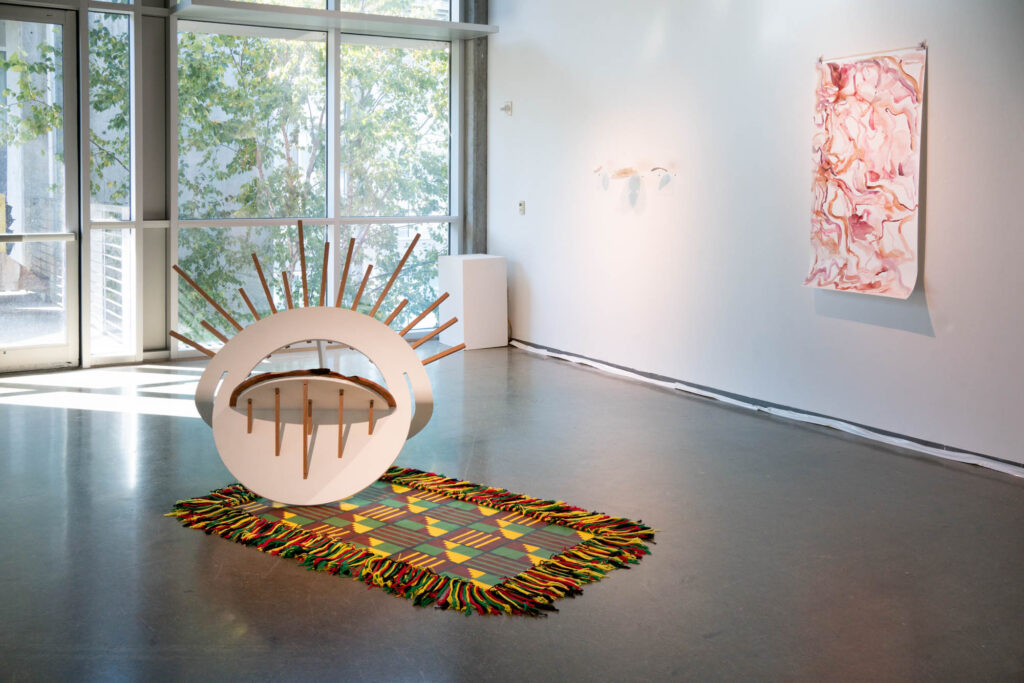
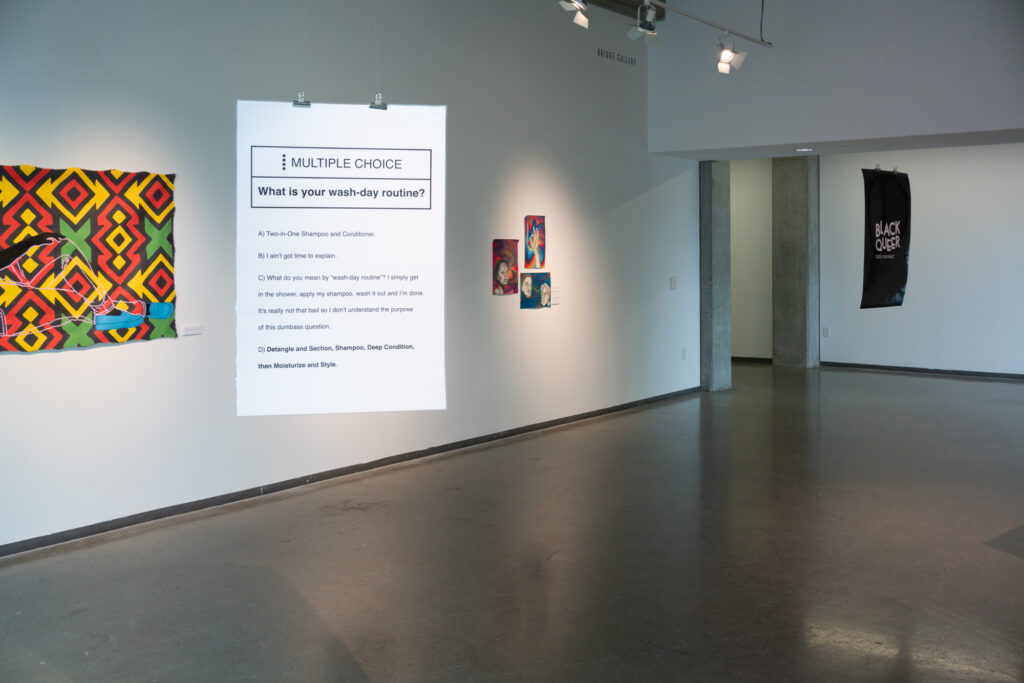
The BAA’s table featured various textiles and ceramics by Campbell, prints and stickers from Douglass and letterpress prints and handmade books from Master of Fine Arts graduate student AJ Aremu. With more work to sell, first-year studio art graduate student Jasmine Best set up next to their table, selling various prints, including those of her textile works about Southern Black femme identity.
Master of Fine Arts candidate and unofficial president of the BAA, Zahria Cook, was also present at the table, maintaining inventory and helping with set-up.
Cook said hosting their own table allowed the BAA to create a Black presence to support each other and form a community within the busy market.
“We’ve been able to sit here and talk to each other all day but also engage with other people, like [those] who don’t know about the BAA,” Cook said.
As graduate students, Cook and Aremu also helped encourage and give advice to younger students in the BAA on pricing and selling.
Douglass, who participated in last year’s market as well, says selling can be a nerve-wracking experience and is even more difficult for Black artists.
“It is obviously harder to get people to want to stop and talk to you or to feel comfortable approaching a very white audience, especially if your work is very reflective of you and your experiences as a Black person,” Douglass said. “Sometimes, people might not be able to relate or the main consumer might not want to purchase your stuff because obviously it is not as relevant to them as it is to you.”
Outside of selling, Douglass also says it can be hard, and at times frustrating, for Black artists to get a good critique of their work.
As a multimedia visual artist, Campbell often uses their work as a reflection of their own personhood and life experiences. Because of this, they find that their work often feels misunderstood by their predominantly white professors and peers.
”It’s just a general unawareness,” Campbell said. “You get in critique and you are met with a lot of blank stares. No feedback, [or it’s] very surface. You can tell when people don’t really want to engage with [or] make the effort to understand your work. And when they do… it’s taxing on you because you have to explain yourself whereas nobody else really has to do that.”
The BAA offers students a chance to get a second opinion from other Black artists who may better understand their work. For many, this is one of the only opportunities to reach out to other Black artists in the school.


